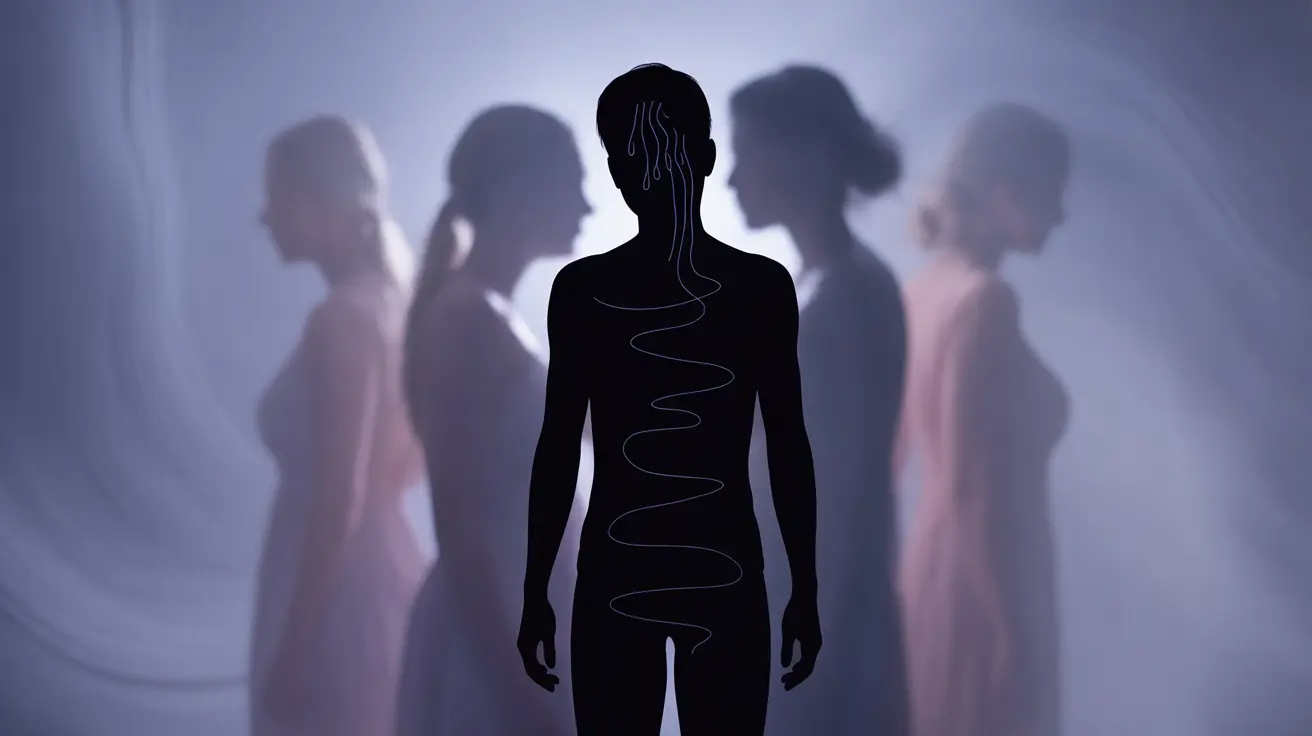Gynophobia, the intense and irrational fear of women, is a specific phobia that can significantly impact a person's daily life and relationships. While not commonly discussed, this condition affects individuals across different demographics and can manifest in various ways. Understanding its symptoms, causes, and treatment options is crucial for those affected and their support systems.
This comprehensive guide explores the complexities of gynophobia, offering insights into its manifestations, underlying causes, and effective management strategies. Whether you're experiencing these symptoms yourself or supporting someone who is, this information will help you better understand and address this challenging condition.
Understanding the Signs and Symptoms of Gynophobia
Gynophobia manifests through various physical and psychological symptoms that can range from mild to severe. Common physical symptoms include:
- Rapid heartbeat
- Excessive sweating
- Shortness of breath
- Trembling or shaking
- Nausea or stomach distress
- Dizziness
Psychological symptoms often include:
- Intense anxiety when encountering women
- Persistent thoughts about avoiding women
- Panic attacks in situations involving women
- Difficulty maintaining eye contact with women
- Social withdrawal
- Excessive worry about potential encounters
Root Causes and Risk Factors
Gynophobia can develop for various reasons, and understanding these causes is essential for effective treatment. Common factors include:
Traumatic Experiences
Past negative experiences with women, such as abuse, bullying, or traumatic encounters, can trigger the development of gynophobia. These experiences may occur during childhood or later in life.
Cultural and Social Factors
Societal influences, cultural beliefs, and learned behaviors can contribute to the development of gynophobia. This might include exposure to negative stereotypes or restrictive cultural norms regarding gender interactions.
Psychological Factors
Underlying mental health conditions, such as anxiety disorders or post-traumatic stress disorder (PTSD), may increase the risk of developing gynophobia. Personal insecurities and past relationship experiences can also play a role.
Diagnosis and Treatment Approaches
Mental health professionals diagnose gynophobia through careful evaluation of symptoms, their impact on daily life, and the individual's history. Treatment typically involves a combination of approaches:
Therapeutic Interventions
- Cognitive Behavioral Therapy (CBT)
- Exposure Therapy
- Psychodynamic Therapy
- Group Therapy Sessions
Additional Treatment Options
In some cases, medication may be prescribed to help manage anxiety symptoms and support therapeutic interventions. This might include:
- Anti-anxiety medications
- Antidepressants
- Beta-blockers for physical symptoms
Managing Daily Life with Gynophobia
Living with gynophobia requires developing effective coping strategies and support systems. Key management approaches include:
- Building a strong support network
- Practicing relaxation techniques
- Gradually facing fears through controlled exposure
- Maintaining open communication with therapists and loved ones
- Setting realistic goals for social interaction
Frequently Asked Questions
What are the common symptoms and physical signs of gynophobia?
Common symptoms include rapid heartbeat, sweating, trembling, and panic attacks when encountering women. Physical signs may also include difficulty breathing, dizziness, and nausea. These symptoms are often accompanied by intense anxiety and avoidance behaviors.
What causes gynophobia and who can develop this fear of women?
Gynophobia can develop in anyone, regardless of gender or age. Common causes include traumatic experiences, cultural influences, learned behaviors, and underlying psychological conditions. Past negative experiences with women often play a significant role in its development.
How is gynophobia diagnosed and what treatments are available?
Diagnosis involves professional evaluation by a mental health specialist who assesses symptoms and their impact on daily life. Treatment options include cognitive behavioral therapy, exposure therapy, and sometimes medication. The treatment plan is typically tailored to each individual's specific needs and circumstances.
Can therapy alone effectively treat gynophobia, or is medication also necessary?
Many people successfully overcome gynophobia through therapy alone, particularly cognitive behavioral therapy and exposure therapy. However, some individuals may benefit from a combination of therapy and medication, especially if they experience severe anxiety symptoms or have co-existing mental health conditions.
How does gynophobia impact daily life and relationships, and how can someone cope with it?
Gynophobia can significantly affect social interactions, work life, and personal relationships. Coping strategies include gradual exposure to feared situations, practicing relaxation techniques, building a support network, and maintaining consistent therapy appointments. With proper treatment and support, many people successfully manage their symptoms and improve their quality of life.




